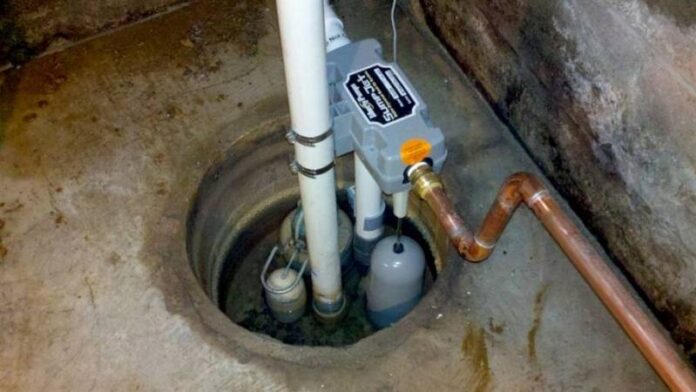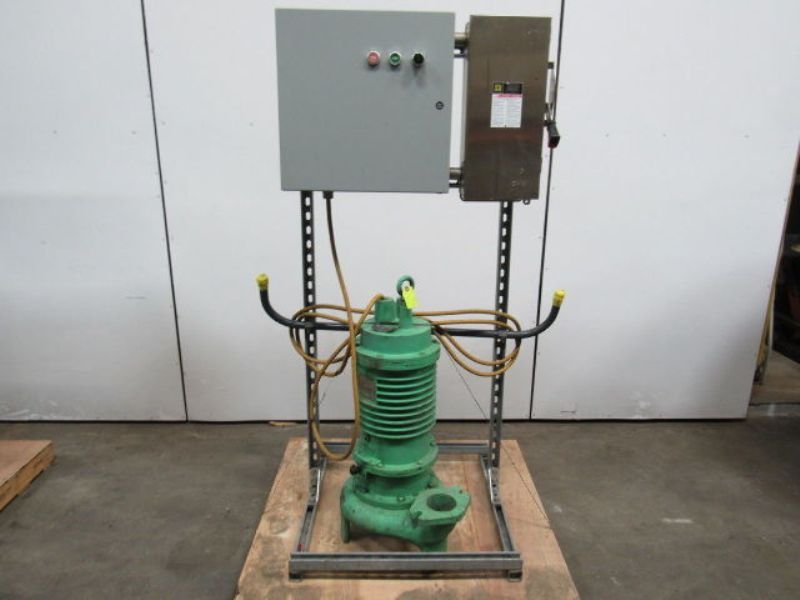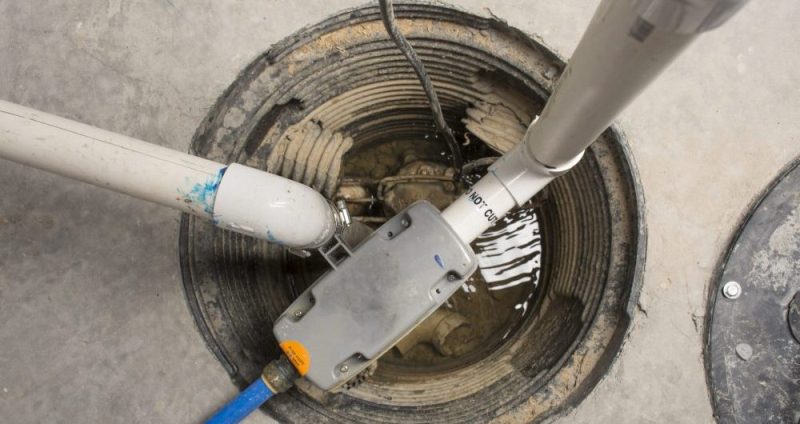Coming home to find your basement flooded is a nightmare. Just imagine finding your appliances and furniture drenched in water. The water damage costs are going to be unimaginably high and nobody wants to see their money going down the drain just like that.
So what can a homeowner do? First things first, it is important that you prevent the problem from happening. How do you do it? It’s as simple as investing on a reliable sump pump. Homeowners around the world utilize sump pumps to keep their basements dry and free of unnecessary water.
What are the Different Kinds of Sump Pumps?
Sump pumps function differently. These come in diverse shapes, sizes, operation and power. To give you a picture of the sump pumps available in stores, read on each type and their respective descriptions. Basic knowledge on all of them can help you understand which factors to consider when sizing the right one for you.
Submersible Sump Pumps
This is a type that comprises one motor and pump built in one unit. It usually sits inside your basement’s basin; hence, this is a quieter option as compared to others. It is usually enclosed in a waterproof container because of the setup that lets it rest in water.
As for debris and dirt, it is equipped with grate covers to screen those away as it operates. It is undeniably a good pick for homeowners who want more space in their basements. This is the best choice for homes that are prone to heavy flooding. But because the pump is constantly submerged in the basin, its shelf life is a bit shorter than other types.
Pedestal Sump Pumps
If you are looking for a sump pump with a longer lifespan as compared to the submerged type, this can be a good alternative for you. This also gives you the convenience and accessibility whenever maintenance needs to be done. This comprises a separate motor and pump that is designed to sit above water. Compared to submersible sump pumps, it emits more noise and produces a louder sound when operating.
Ideally, the motor is situated on a pedestal right above the basin while the pump is placed in the basin. Both are connected with a hose that allows the water to run continuously until it reaches the drainage area. The only drawback for this type would be that it consumes space and produces more noise than the submerged type.
Battery-operated Backup
This is the best option for homeowners located in areas that frequently experience power outages. This type comes with a float switch that enables the sump pump to function even without power. As we all know, as soon as the power goes out, so does the pump. But in this case, when water rises in the basin, the float switch will trigger the equipment to operate in its battery mode.
Rest assured, your basement will be secured and free from flood damage even when the power is out. This battery backup sump pump comes in handy because it not only keeps your sump pump functioning during outages, it does its function whether your sump pump experiences mechanical trouble or shuts off for some other reason.
Water-powered Backup
This kind is better than other types in terms of efficiency and function. A water-powered backup clears your basin of excess water using high water pressure. The advantage it has over others would be that it does not need batteries or back-ups to function. As long as you have water available in your home, then this is good to go. However, the drawback for this type would be increased water consumption and billing.
Choosing the right type of sump pump to place in your house will depend on a lot of factors. The first thing you should consider would be the horsepower needed to effectively drain water from your basement. The next one would be the amount you are willing to spend for your water and electric bills. Your space matters as well, determine which one can fit into your place plus consider the level of noise the equipment makes too. With the array of options available, it is still up to you to decide.
Conclusion
Those are the different types of sump pumps. With this being said, you have to consider factors like its mode of operation, size, placement and features. Knowing all your feature needs and preferences will make the decision making easier for you.
Once you decide on a type to choose, you can now move on to see the brand and manufacturer that has the best reputation in the market.
Do this by checking on their previous customers’ reviews and feedback. These are reliable information and reference as to how their products perform and how their customer service deals with problems.




















